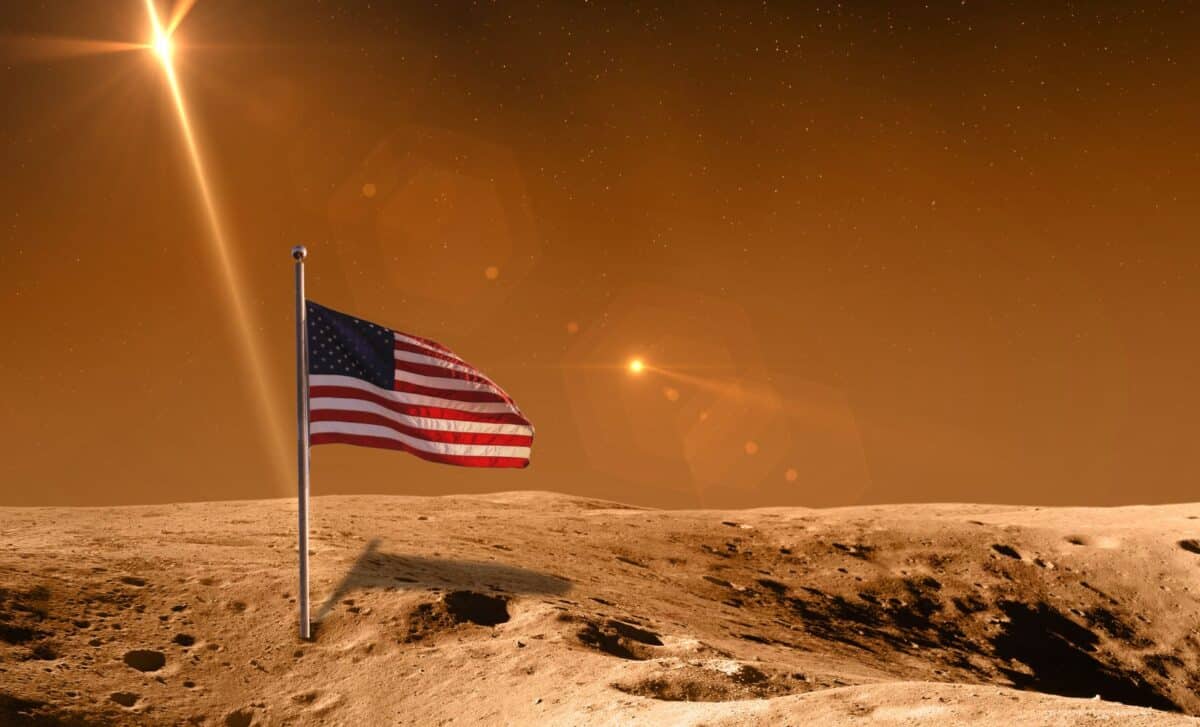The United States’ space ambitions may be on the verge of a significant shift, with President Donald Trump indicating a potential change in priorities. His return to the White House could see a re-evaluation of NASA’s Artemis programme, which aims to return astronauts to the Moon, in favour of an accelerated push towards Mars exploration.
This feature was posted on The Independent and highlights how Elon Musk, founder of SpaceX, has increasingly positioned Mars as the primary target for human space exploration. Musk has repeatedly called the Moon a “distraction,” aligning with Trump’s previous statements questioning NASA’s focus on lunar missions.
Nasa’s Artemis Programme: A Costly but Strategic Lunar Initiative
NASA’s Artemis programme was established in 2017 during Trump’s first term, aiming to return humans to the Moon for the first time since 1972. The initiative is a long-term project designed to establish a sustainable lunar presence, which would serve as a stepping stone for Mars missions.
The programme has faced significant challenges, including delays and budget concerns. A 2021 report from NASA’s Office of Inspector General estimated its total cost at $93 billion. Despite these financial strains, the Artemis initiative remains central to US space policy, emphasising collaboration with international partners.
However, recent developments have cast doubt on Artemis’ future. The retirement of NASA’s associate administrator Jim Free, who oversaw the programme, has raised speculation about potential shifts in strategy under a future Trump administration.
Elon Musk’s Vision: Prioritising Mars Over the Moon
Elon Musk has long advocated for an aggressive timeline to send humans to Mars, often suggesting that diverting resources to the Moon is unnecessary. The SpaceX CEO has publicly criticised NASA’s approach, stating that lunar missions are a diversion from the ultimate goal of establishing a self-sustaining colony on Mars.
Musk’s ambitions align with Trump’s past statements. During his presidency, Trump frequently expressed a desire for US astronauts to plant the American flag on Mars, at times downplaying the significance of returning to the Moon.
On his platform X (formerly Twitter), Musk recently reinforced his stance.
“No, we’re going straight to Mars. The moon is a distraction.” His company, SpaceX, is already developing Starship, a reusable spacecraft designed for deep-space travel, which he envisions as the key vehicle for reaching the Red Planet.
Potential Policy Implications and Industry Impact
A shift in priorities would have significant implications for the US space industry. Boeing, the prime contractor for NASA’s Space Launch System (SLS) has reportedly begun preparing for potential layoffs. A Bloomberg report suggests that adjustments to the Artemis programme could lead to major cost-cutting measures across the industry.
At the same time, NASA’s funding could come under scrutiny. Trump’s Department of Government Efficiency, which includes Musk as a key adviser, has been pushing for reductions in federal spending. While NASA avoided budget cuts in recent deliberations, future policies remain uncertain.
Industry experts, including aerospace engineer Robert Zubrin, caution against making Mars a partisan issue.
“We need to have bipartisan support. This cannot be viewed as a Trump program or a Musk program. It has to be America’s program,” he explained.
As political and industry debates continue, the coming months could determine whether the US remains committed to its lunar ambitions or pivots towards an unprecedented Mars mission.









